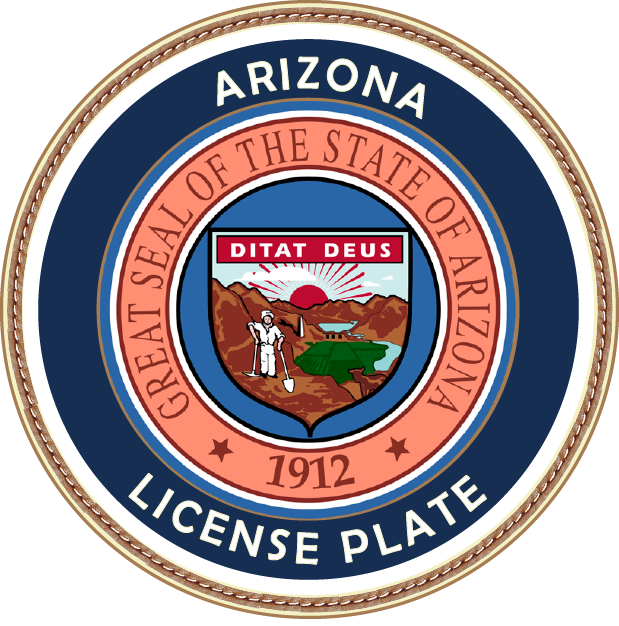License Plate Display Requirements in Arizona
In Arizona, the law sets specific requirements for displaying license plates on vehicles to ensure they are visible and legible. Adhering to these regulations is crucial for all vehicle owners to avoid penalties. Here’s a comprehensive guide to understanding and complying with Arizona's license plate display requirements.
Front and Rear Plates
Arizona law requires most vehicles to display license plates on both the front and rear of the vehicle. However, certain types of vehicles, such as motorcycles and trailers, may be exempt from front plate requirements.
Plate Visibility
License plates must be clearly visible at all times. They should not be obscured by dirt, vehicle parts, tow hitches, or license plate covers that make reading the plate difficult.
Mounting Requirements
Plates must be securely fastened to prevent swinging and must be mounted at a height not less than 12 inches from the ground. The full plate, including the state name, should be visible without any obstructions.
Lighting
The rear license plate must be illuminated by a white light, making it readable from a distance of 50 feet to the rear. Plate lights must be functional and turned on whenever the vehicle’s headlights are on.
Plate Condition
License plates must be kept in a condition that is not faded, worn, or otherwise illegible. If a plate becomes unreadable, it should be replaced through the ADOT.
Temporary Permits
Temporary permits must be displayed in place of permanent plates under certain circumstances, such as after purchasing a new vehicle. These permits have specific display requirements, usually in the rear window or where the rear license plate is typically mounted.
Special Plates
Specialty and personalized plates must also adhere to these display requirements. Any deviation from standard plate display rules could result in fines or penalties.
